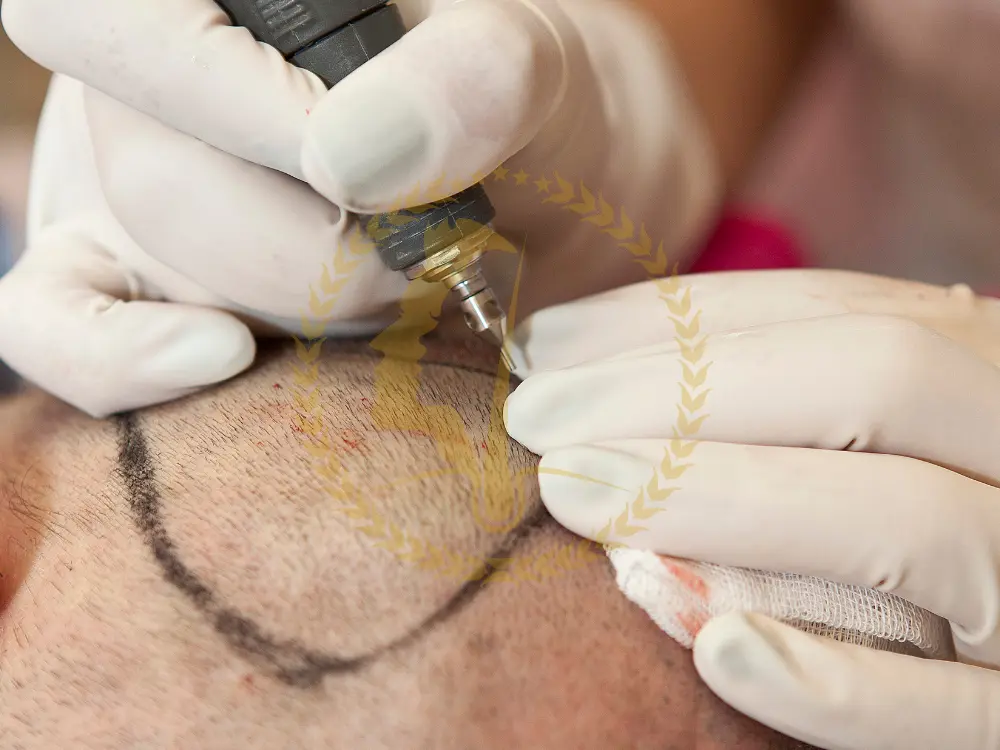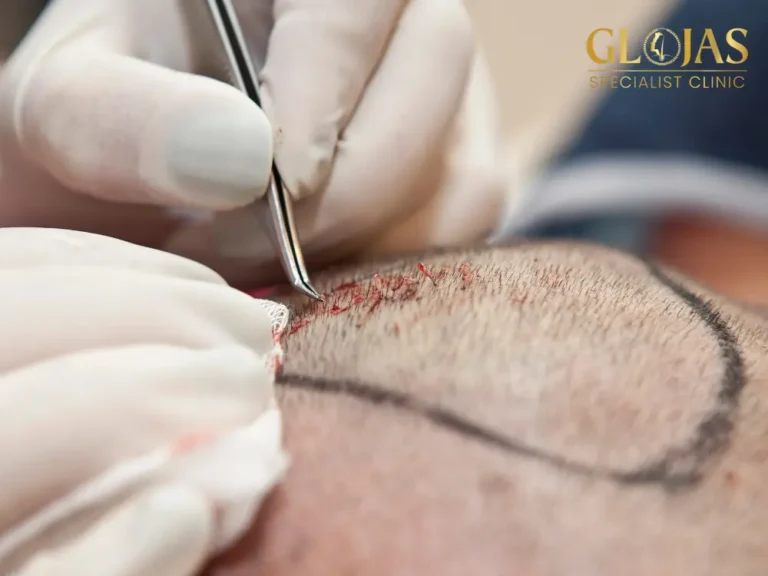Hair loss is a common issue that affects millions of people around the globe. Whether it’s due to genetics, age, or medical conditions, losing hair can be distressing. Fortunately, modern medical advancements offer a solution: the hair operation. This procedure has become increasingly popular, providing individuals with an effective way to regain their confidence and youthful appearance. In this comprehensive guide, we will explore the key aspects of a hair operation, helping you make an informed decision if you are considering this life-changing procedure.
What Is a Hair Operation?
A hair operation, often referred to as hair transplant, is a surgical procedure designed to move hair follicles from one part of the body (usually the back or sides of the scalp) to areas that are thinning or bald. This technique is renowned for its ability to restore a natural-looking hairline and provide long-lasting results.
How Does a Hair Operation Work?
The success of a hair operation lies in its intricate process. Hair follicles are harvested from donor areas—parts of the scalp that are typically unaffected by hair loss. These follicles are then meticulously transplanted into the balding or thinning regions of the scalp. The transplanted hair follicles retain their original properties, meaning they will continue to grow hair in their new location just as they did before being moved.
The Science Behind Hair Operations
Understanding the science behind hair operations can provide deeper insights into why they are so effective. Hair follicles in the donor areas (usually the back of the head) are genetically programmed to resist balding. When these follicles are transplanted, they retain their resistance to hair loss, ensuring the longevity of the results.

Different Types of Hair Operations
1. Follicular Unit Transplantation (FUT)
Follicular Unit Transplantation (FUT) is one of the oldest and most established methods for hair operations. During FUT, a strip of skin with hair follicles is removed from the donor area. This strip is then divided into individual follicular units, which are implanted into the balding areas.
Pros:
- High Graft Yield: FUT allows for the transplantation of a significant number of grafts in one session.
- Cost-Effective: Generally, FUT is more affordable compared to other methods.
Cons:
- Scarring: This procedure leaves a linear scar on the donor area, which may be visible if the hair is cut very short.
- Longer Recovery: The recovery period is typically longer due to the invasive nature of the procedure.
2. Follicular Unit Extraction (FUE)
Follicular Unit Extraction (FUE) is a more modern approach to hair operations. In FUE, individual hair follicles are extracted directly from the donor area and transplanted into the recipient area.
Pros:
- Minimally Invasive: FUE leaves no linear scar, only tiny dot scars that are barely noticeable.
- Quicker Recovery: Recovery time is generally shorter compared to FUT.
Cons:
- Time-Consuming: FUE can take longer to perform because each follicle is removed and transplanted individually.
- Higher Cost: FUE is often more expensive due to the time and precision required.
3. Direct Hair Implantation (DHI)
Direct Hair Implantation (DHI) is a variation of FUE where hair follicles are extracted and immediately implanted using a specialized tool called the Choi Implanter Pen.
Pros:
- High Precision: The Choi Implanter Pen allows for precise control over the depth, angle, and direction of each implanted follicle.
- Minimal Trauma: The method reduces the time hair follicles spend outside the body, enhancing their survival rate.
Cons:
- Expensive: DHI is generally more costly than both FUT and FUE.
- Requires Expertise: The success of DHI heavily depends on the surgeon’s skill.
4. Robotic Hair Transplantation
Robotic hair transplantation is an advanced form of FUE, where a robotic system assists in the extraction and placement of hair follicles. This technology enhances precision and reduces the chances of human error.
Pros:
- Enhanced Precision: Robots can accurately assess and execute the ideal angle and depth for each follicle.
- Consistency: The robotic system provides consistent results with minimal variation.
Cons:
- High Cost: The use of advanced technology increases the overall cost of the procedure.
- Limited Availability: Not all clinics offer robotic hair transplantation services.

Factors to Consider Before Undergoing a Hair Operation
1. Suitability
Not everyone is an ideal candidate for a hair operation. Factors such as the extent of hair loss, the quality and quantity of donor hair, and your overall health must be evaluated by a qualified surgeon. A thorough consultation is essential to determine if you are a good candidate for the procedure.
2. Cost and Budget
Hair operations can be costly, with prices varying based on the method chosen, the clinic’s location, and the surgeon’s experience. It’s important to have a clear understanding of the costs involved and to weigh these against the potential benefits.
3. Choosing the Right Surgeon
The success of your hair operation largely depends on the expertise of the surgeon. It’s crucial to choose a board-certified professional with a proven track record in performing hair operations. Review their portfolio, read patient testimonials, and don’t hesitate to ask questions during your consultation.
4. Understanding the Risks
Like any surgical procedure, a hair operation carries certain risks, including infection, scarring, and the possibility of unsatisfactory results. Discuss these risks with your surgeon and ensure you have realistic expectations about the outcome.
5. Post-Operative Care
Post-operative care is critical to the success of your hair operation. This includes following your surgeon’s instructions regarding wound care, medication, and lifestyle adjustments during the recovery period. Proper care can significantly impact the quality and longevity of your results.
Long-Term Results and Expectations
While a hair operation can provide long-lasting results, it’s important to understand that it doesn’t stop the natural aging process. You may continue to lose hair in non-transplanted areas, which could necessitate additional treatments in the future. Regular follow-up appointments with your surgeon are recommended to monitor your progress and address any concerns.

FAQs about Hair Operations
1. How long does a hair operation take?
The duration of a hair operation varies depending on the method and the number of grafts. Generally, the procedure can take anywhere from 4 to 8 hours.
2. Is a hair operation painful?
Most hair operations are performed under local anesthesia, so patients typically experience minimal pain during the procedure. Some discomfort may occur during the recovery phase.
3. How soon can I see results after a hair operation?
Hair growth typically begins 3 to 4 months after the operation, with full results visible after 12 to 18 months.
4. Can women undergo a hair operation?
Yes, women can undergo hair operations, provided they have sufficient donor hair and are deemed suitable candidates by their surgeon.
5. Are the results of a hair operation permanent?
The results of a hair operation are generally long-lasting. However, factors like aging and ongoing hair loss in other areas of the scalp may affect the overall outcome.
6. What are the potential side effects of a hair operation?
Side effects may include infection, scarring, swelling, and temporary shedding of transplanted hair (shock loss). These are typically manageable with proper care and medication.
